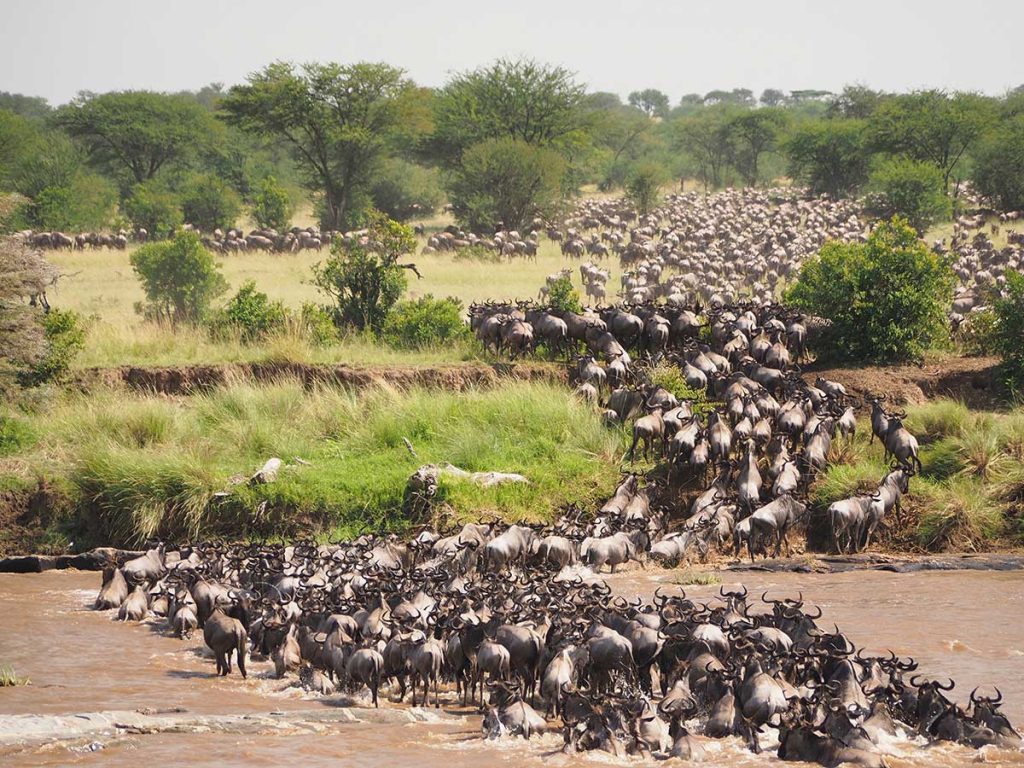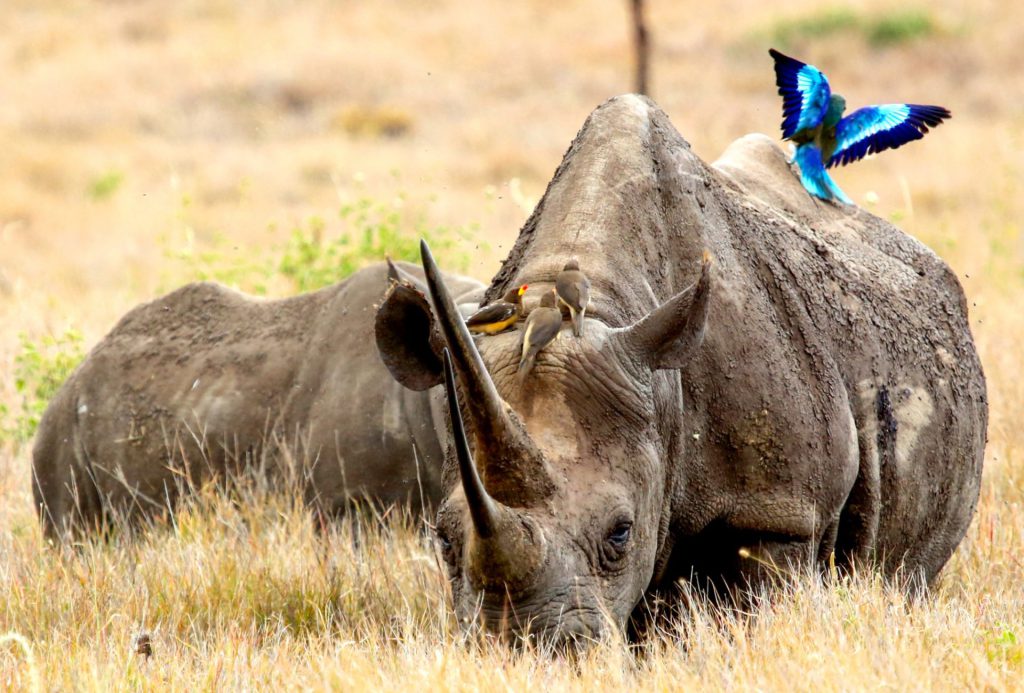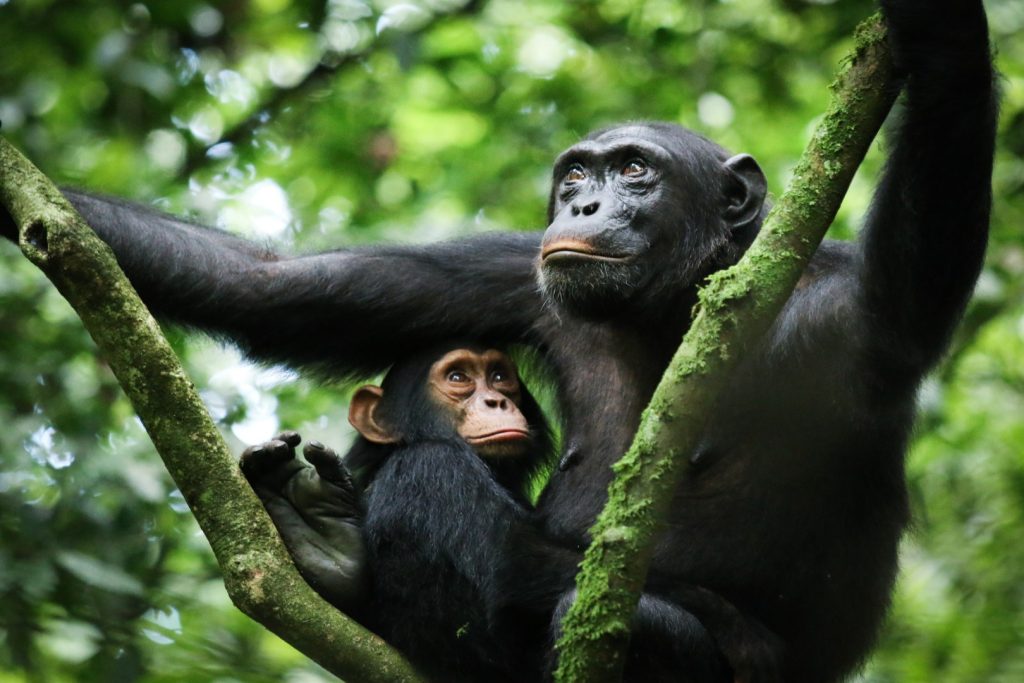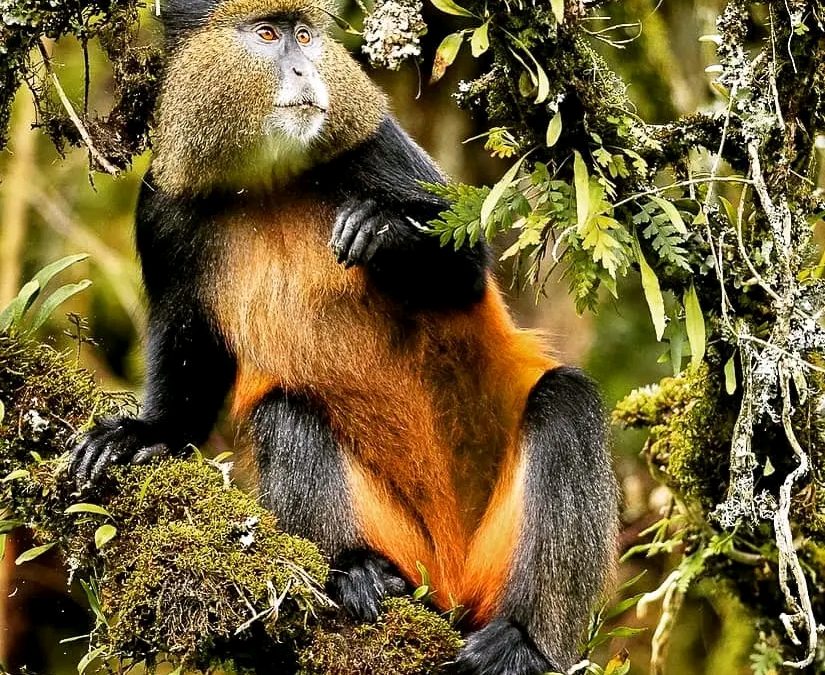Certainly! Let’s delve deeper into the wildlife of East Africa, highlighting some key species, habitats, and conservation efforts:
1. Big Cats
– Lions: Found throughout East Africa, particularly in savanna and grassland habitats. They are social animals living in prides, with the Serengeti and Maasai Mara hosting large populations.
– Leopards: Adaptive and elusive, leopards are found in a variety of habitats including forests, savannas, and mountains. They are skilled climbers and proficient hunters.
– Cheetahs: Known for their incredible speed, cheetahs prefer open grasslands and savannas where they can chase down prey. They are more solitary compared to lions.
2. Elephants
– African Savanna Elephants: Found in large numbers across East Africa, especially in national parks like Amboseli (Kenya) and Tarangire (Tanzania). They are the largest land mammals and play a crucial role in shaping their habitats.
– African Forest Elephants: Found in dense forests of central and western Africa, they also inhabit some parts of East Africa where suitable habitat exists.
3. Giraffes
– Masai Giraffe: The largest subspecies of giraffe, easily recognized by its irregular and jagged patches. They roam the savannas of Kenya and Tanzania.
– Rothschild’s Giraffe: Found in scattered populations in Uganda and Kenya, with distinctive white legs.
– Reticulated Giraffe: Known for its sharp-edged patches that are more defined and closely spaced compared to other giraffe species.
4. Rhinos
– Black Rhinos: Critically endangered, with small populations in East Africa’s protected areas such as Lewa Wildlife Conservancy (Kenya) and Serengeti (Tanzania).
– White Rhinos: Found in larger numbers, primarily in southern parts of East Africa including Kenya and Tanzania. They are also endangered due to poaching and habitat loss.
5. Birds
– East Africa is a birdwatcher’s paradise with over 1,000 species recorded. Key species include:
– Flamingos: Particularly abundant in alkaline lakes like Lake Nakuru (Kenya) and Lake Manyara (Tanzania).
– Birds of Prey: Such as eagles, hawks, and vultures, often seen soaring over the savannas and forests.
– Waterfowl: Ducks, geese, and storks found in wetland habitats like the Rift Valley lakes.
6. Great Migration
– The annual migration involves millions of wildebeest, zebras, and gazelles moving between the Serengeti (Tanzania) and Maasai Mara (Kenya), following the rains and the growth of fresh grass. It’s a dramatic display of nature’s cycles and predator-prey dynamics.
7. Primates
– While not as diverse as Central Africa, East Africa is home to:
– Chimpanzees: Found in forests of Tanzania (e.g., Gombe Stream National Park) and Uganda (e.g., Kibale Forest).
– Monkeys: Including vervet monkeys, colobus monkeys, and baboons, found in various habitats from savannas to forests.
8. Marine Life
– Off the coast of East Africa, the Indian Ocean harbors:
– Coral Reefs: Rich in biodiversity and home to numerous fish species, sea turtles, and other marine life.
– Dolphins: Often seen in coastal waters and sometimes during boat tours from popular destinations like Zanzibar (Tanzania) and Mombasa (Kenya).
9. Conservation Efforts
– East Africa has numerous conservation organizations and initiatives aimed at:
– Protecting Endangered Species: Through anti-poaching efforts and habitat conservation.
– Community Involvement: Engaging local communities in sustainable tourism and conservation practices.
-Research and Monitoring: Conducting studies to better understand wildlife populations and their habitats.
Conclusion
East Africa’s wildlife is diverse and includes some of the most iconic and endangered species on the planet. Conservation efforts play a crucial role in safeguarding these species and their habitats, ensuring that future generations can continue to enjoy and benefit from East Africa’s natural heritage.







